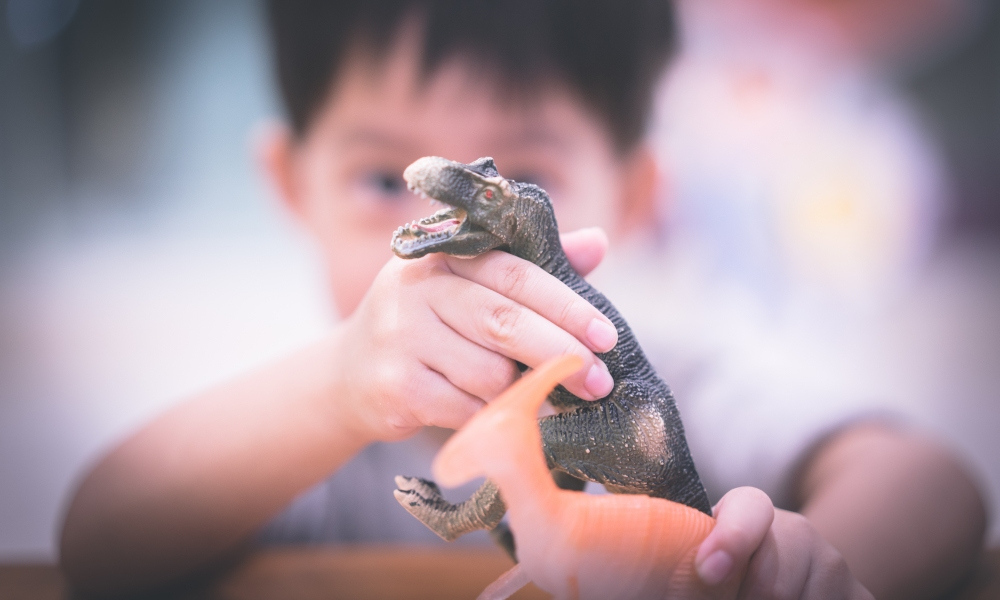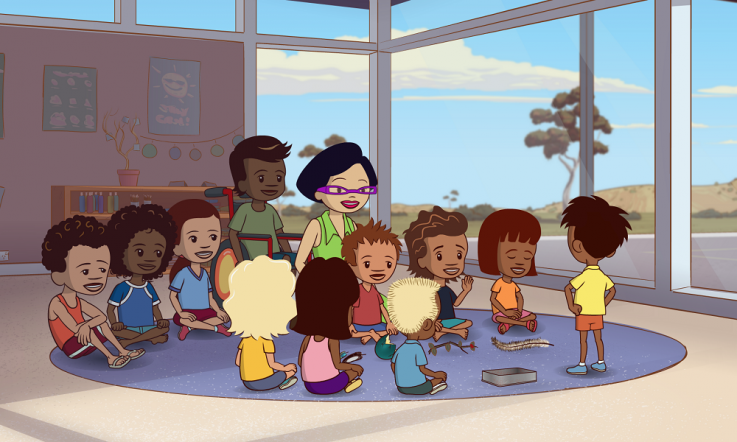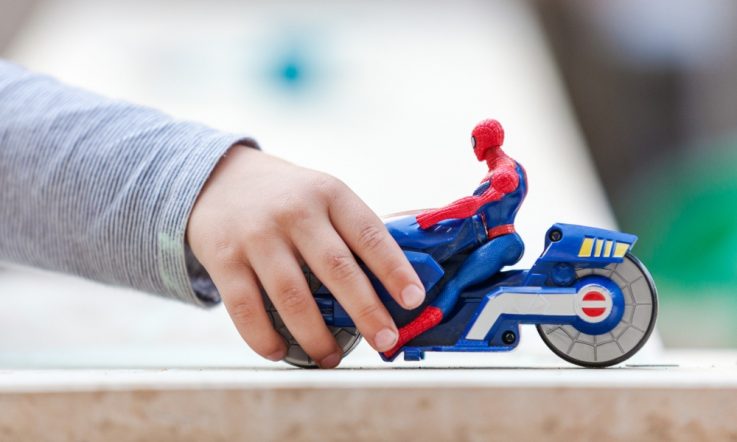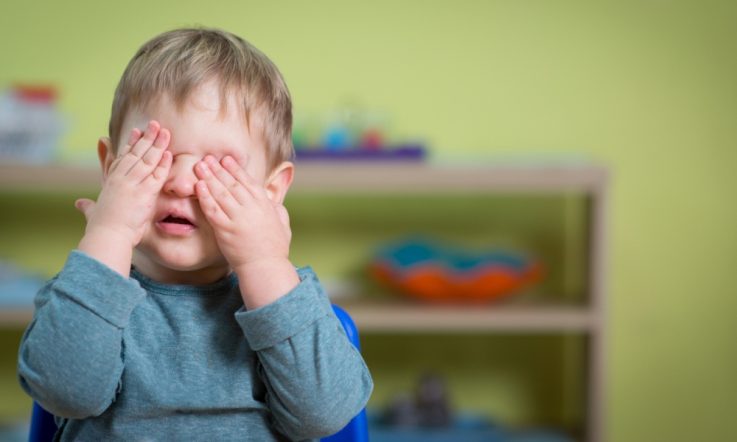The new school year can be an exciting but daunting milestone for students making the move from primary to secondary, but particularly for young children who are starting formal schooling for the first time.
Educators play a central role in supporting youngsters and helping them to settle into their new surroundings, daily structure and learning activities.
University of Wollongong researchers Lisa Kervin, Jan Turbill and Kathryn Harden-Thew have been studying how early years educators can help smooth the transition from preschool. They say one useful strategy is to view children's literacy learning experiences on a continuum, from invisible to visible pedagogical practices.
Case study
The academics carried out observations in the preschool room of a long-day care centre in New South Wales, looking at the nature of literacy programmes, practices and perspective in supporting children as they prepare to transition to Kindergarten (the first year of formal schooling in the state). The case study findings have been published in the Journal of Early Childhood Literacy (JECL).
Lead author of the paper Lisa Kervin, an Associate Professor in Language and Literacy, tells Teacher the aim of the study was to look at transition from the perspective of the child. ‘To think about what it actually looks like for them, in their preschool setting, in terms of the way that their learning experiences and opportunities are framed.
‘When I think about my own experiences as a teacher in primary school, it would have been really helpful for me to have a really firm understanding of what the experiences the children had participated in in their prior-to-school setting might have looked like. I think it would have helped me really understand the way that I then framed experiences for children in their first years of school.'
The study explored the different experiences on offer – some planned and some incidental – and how educators guided and facilitated the learning. There were also follow-up interviews with staff working with the four- to five-year-old children. The researchers used the data to create four vignettes of classroom-based experiences, mapped on a continuum from ‘invisible' (in a flexible, open-ended learning environment, where the intention of the activity is not known to the child and educator input and monitoring is not explicit) to ‘visible'.
‘Invisible and visible is a theoretical construct to really help us understand the way that different experiences are framed,' Kervin explains. ‘In the journal paper, I talk about those in terms of the way the time is used, the classroom space and resources within the space are used, and the social control in terms of the interactions between the educator and the child, [and] from child to child as well.'
Classroom vignettes
Preschool educators in Australia use the Early Years Learning Framework (EYLF). In New South Wales, school educators use the Best Start one-on-one assessment to map students' literacy and numeracy skills at the beginning of Kindergarten.
Kervin says the EYLF is underpinned by a focus on play and this was certainly evident in the case study vignettes. ‘That is what was guiding the prior-to-school educators in these interactions with the children. Early years educators are incredibly skilled at being able to interpret [the framework] in terms of what the interests of the children are, but to also target some really intentional teaching to move the children forward. We see examples of that intentional teaching in those more visible pedagogies that are profiled in the journal paper.'
At the invisible end of the continuum, the first vignette describes children creating constructions with wooden blocks freely available on the classroom shelves. They had control over the timing of the activity and often shared their work by putting it on display with self-made signs. Although the educators spoke with children about their creations and used technical language, there was no explicit expectation and they didn't direct the children. A chalkboard activity where children could scribble, draw and write was another non-scheduled experience controlled by the youngsters, with educators demonstrating how to write a letter or word only at the request of the child.
Moving into visible, the third vignette involved a collection of toy dinosaurs. The educators had noticed this was a topic of interest for many of the children and set up an assortment of figurines on a table. Researchers observed the children exploring the area, ‘talking about the dinosaurs, role-playing scenarios with the figurines and categorising the figurines in connection with books and a poster also located in this space (with each other and educators).' Educators modelled technical language and suggested plot ideas for role-play, provided connected literacy-focused activities and resources, but the choice of whether to interact with the space was still with the child.
The final vignette, placed at the visible end of the continuum, involved a planned unit of study on planets. Stories about space were read aloud to the children, topic books were left in the classroom library for them to explore and ‘read'. The educators named the planets and talked about their specific characteristics, then set a task to create a papier-mâché planet. This was a scaffolded learning activity split into distinct lessons, with explicit modelling and clear expectations for the final product. The children were grouped and rotated through the lessons.
The researchers say the study revealed four key points: children's capacity and confidence in using language in social learning contexts; the diverse range of literacy opportunities available – including dance, music, storytelling, visual arts, listening, reading and writing; the range of roles taken by educators – modelling, monitoring, assisting, allowing children to assume control, and giving them agency and ownership; and, the richness and depth of experiences in all the activities.
Although the research team suggest mapping along a continuum is a useful framework for educators in monitoring a group of children as they move to the first year of schooling, they add a caveat that it should not lead to extra pressure on preschool educators to introduce visible pedagogical practices in order to ‘teach' literacy skills.
‘I think the more that educators can understand what's happening across the different contexts the more able we are to support children,' Kervin says. ‘You know, the educators in the prior-to-school settings and then first years of school, they're working within very different curricular and learning framework structures so opportunities for collaboration of learning experiences might not be feasible. But, I think what is feasible is that understanding and attention to what it is that children are exposed to in the different settings, and ways that we might be able to smooth the pathways for children.'
The academic says, whatever the age group, it's important to look at transition from the perspective of the child. ‘In my work I look at what's happening from preschool to the first year of formal schooling in particular, but it's the same for Year 6 – for the end of primary school to the first year of secondary school. If we're reframing the transition perspective and looking at it from the perspective of those who are actually making the transition, then I think that there's some important insight for us into our practices at either end.'
References
Kervin, L., Turbill, J., & Harden-Thew, K. (2017). Invisible to visible: Mapping the continuum of literacy learning experiences in an early years setting. Journal of Early Childhood Literacy. 17(4), 465-484. doi:10.1177/1468798416638139
As an early years educator: What strategies do you use to ease the transition for young children starting school for the first time? Do you work with preschool educators to gather information about their prior learning settings and experiences? How does this inform your planning and approach?



